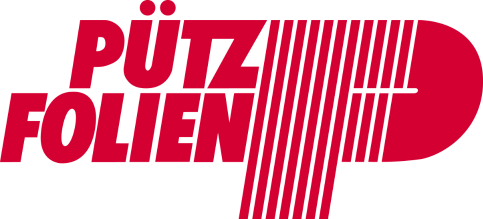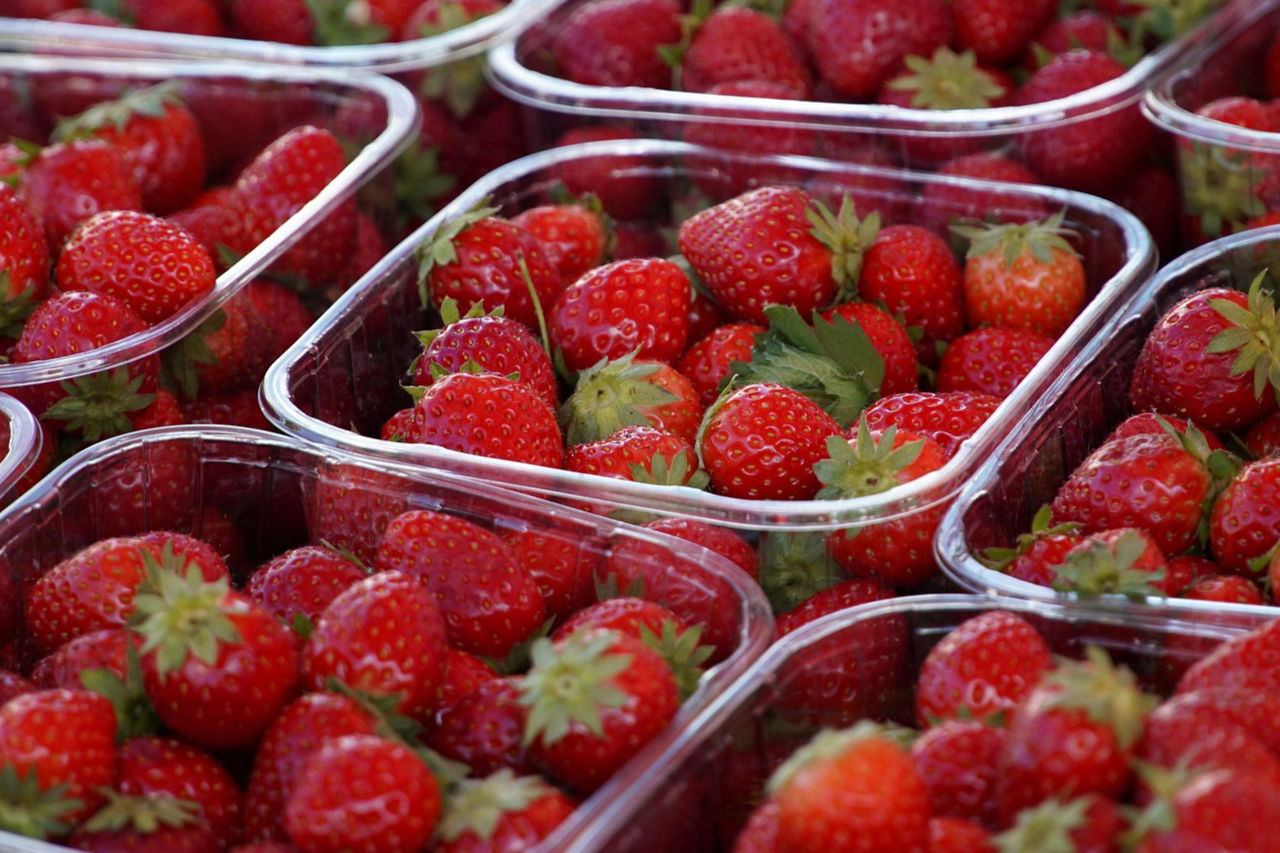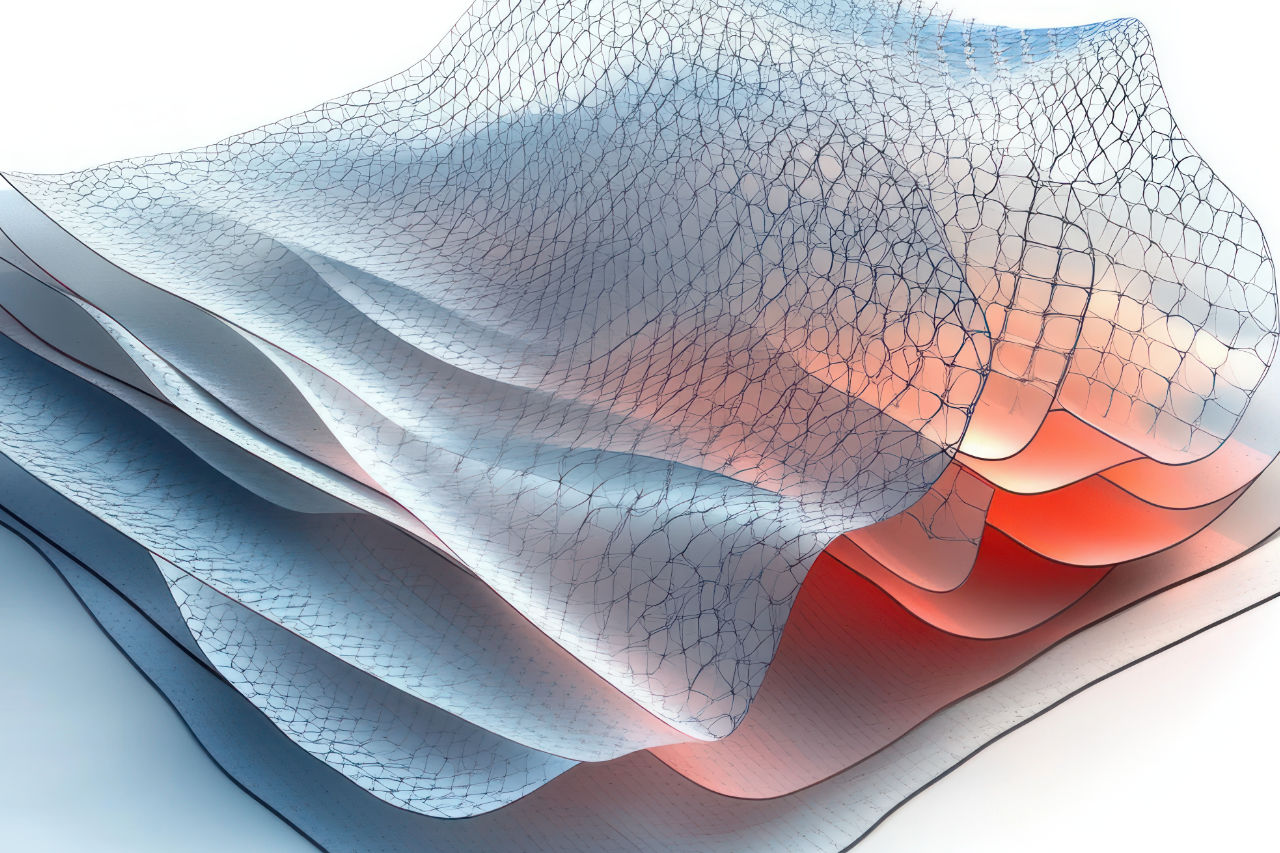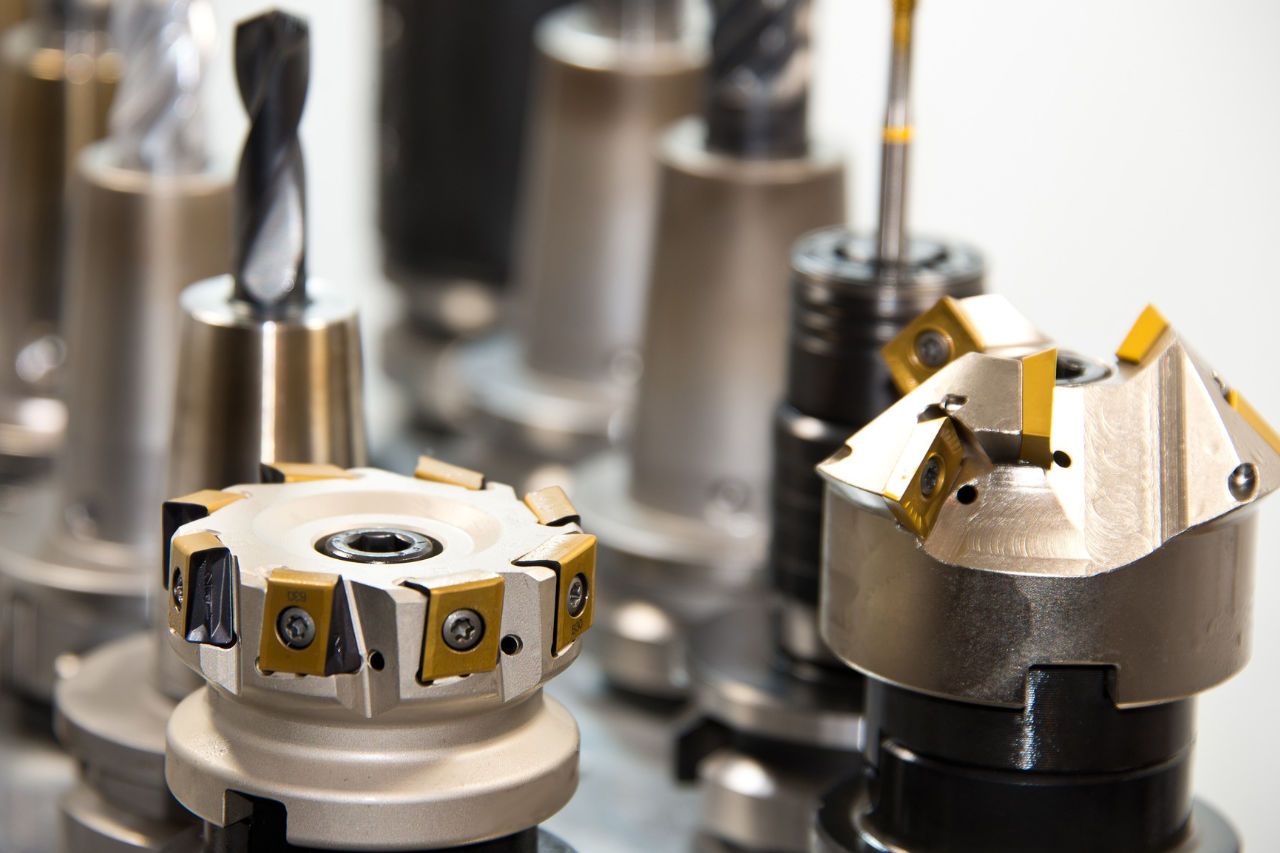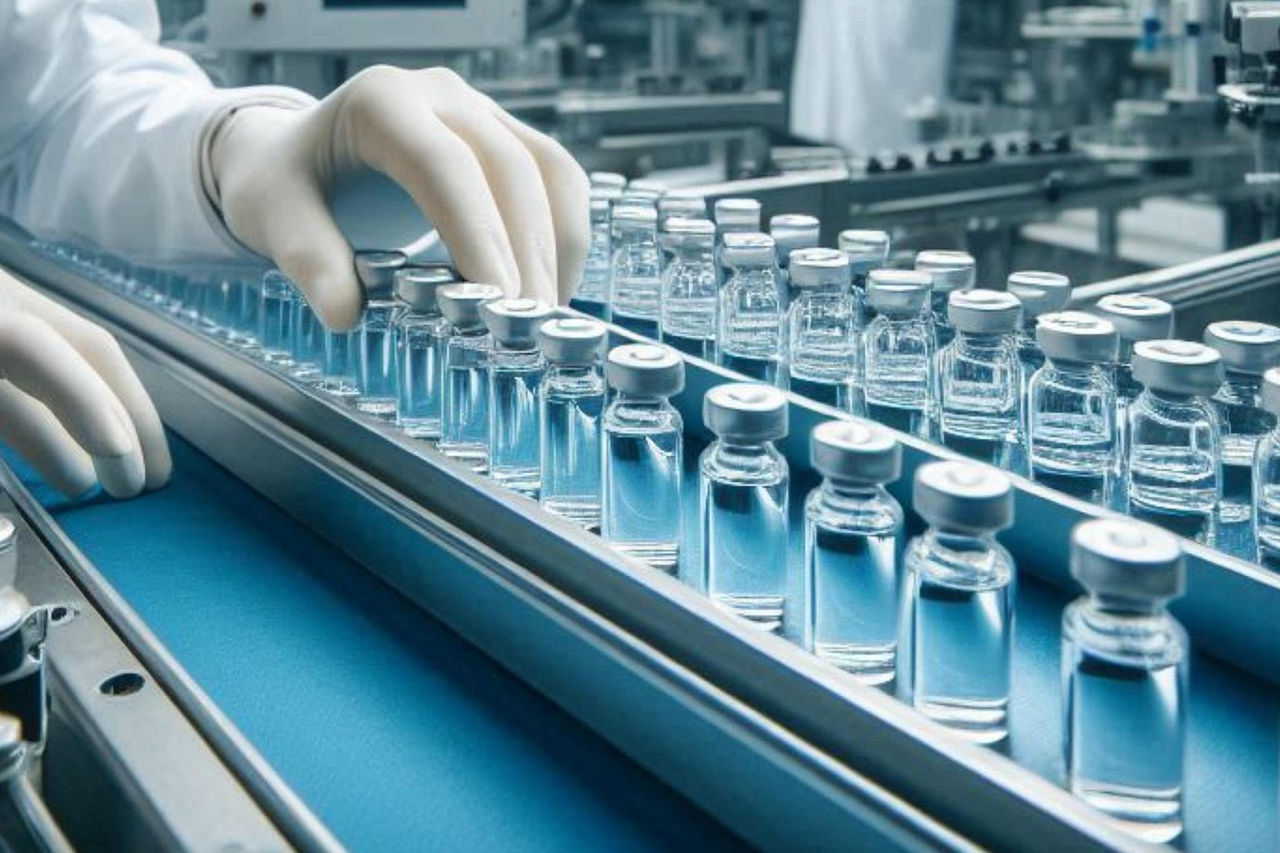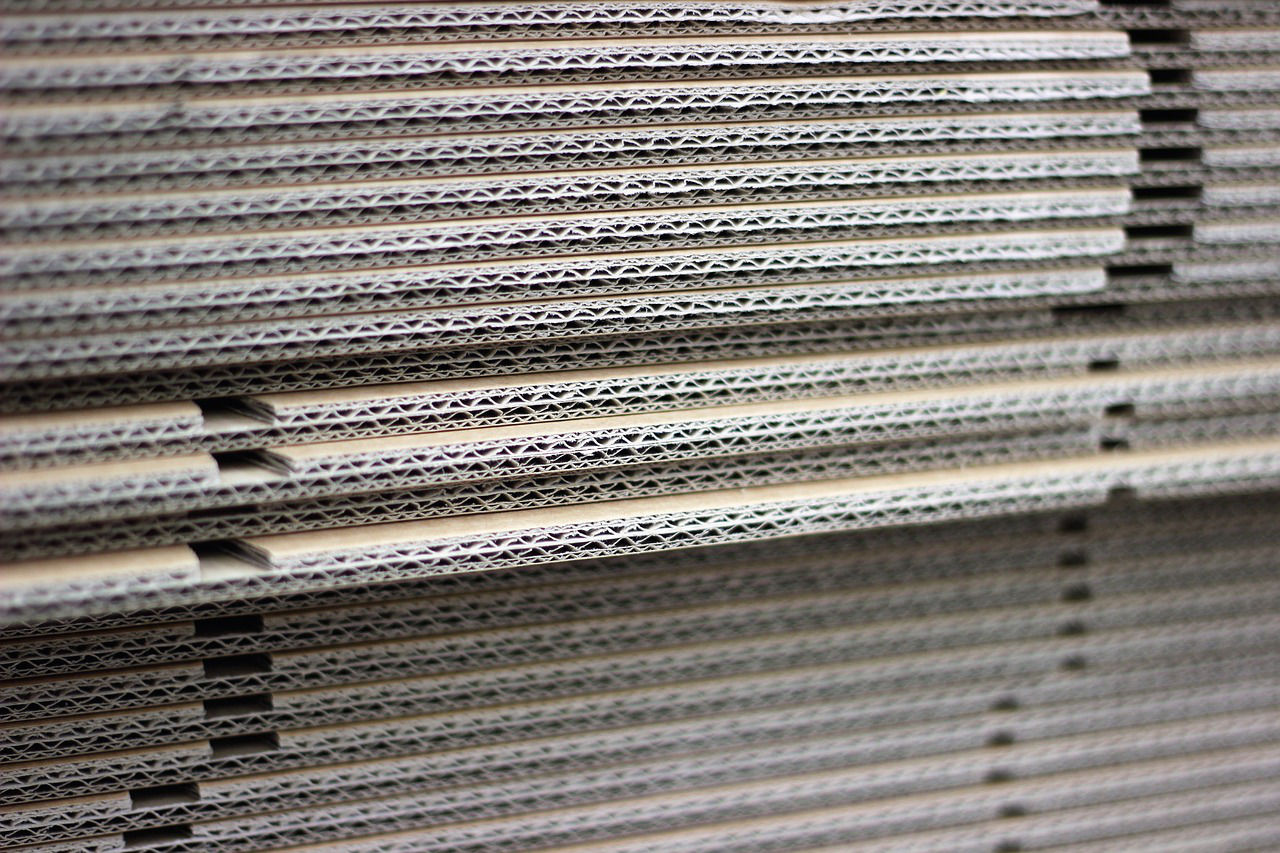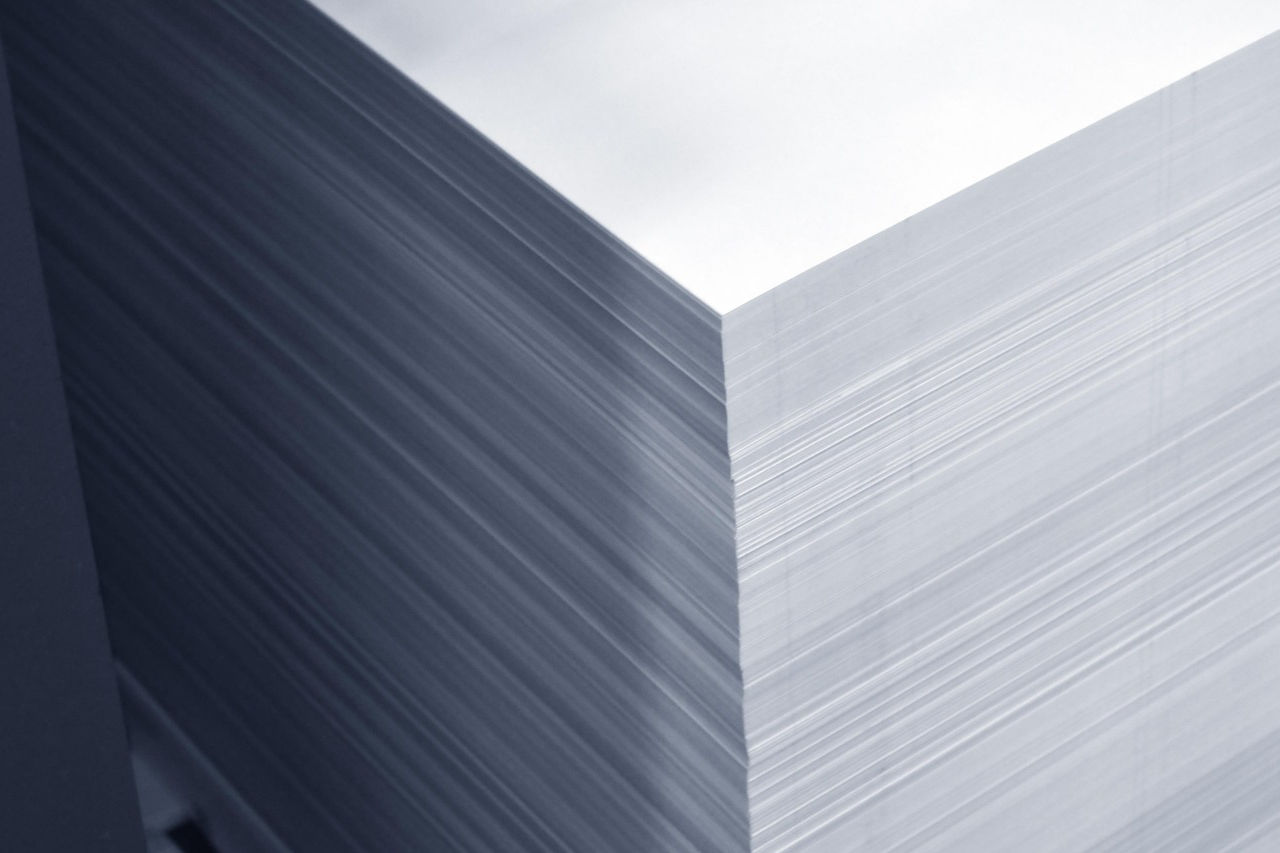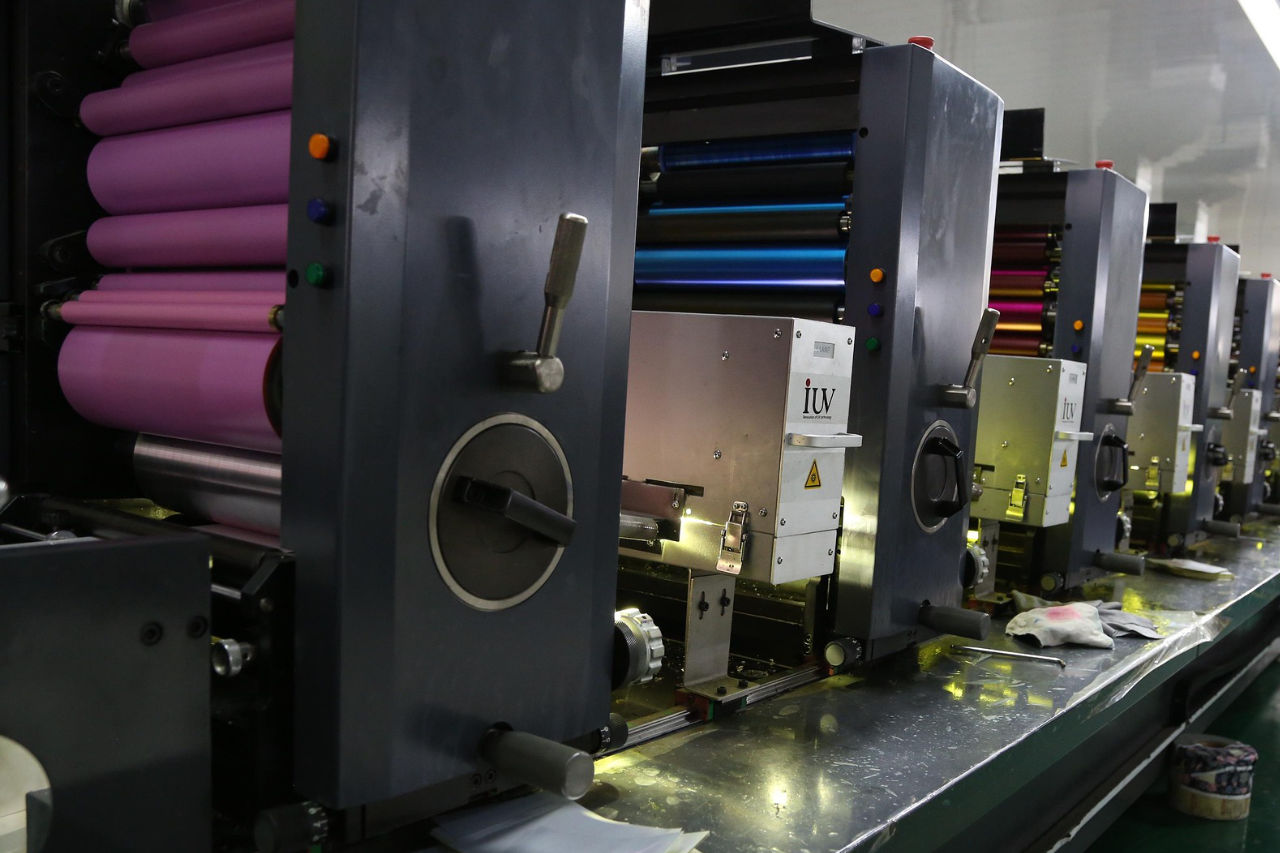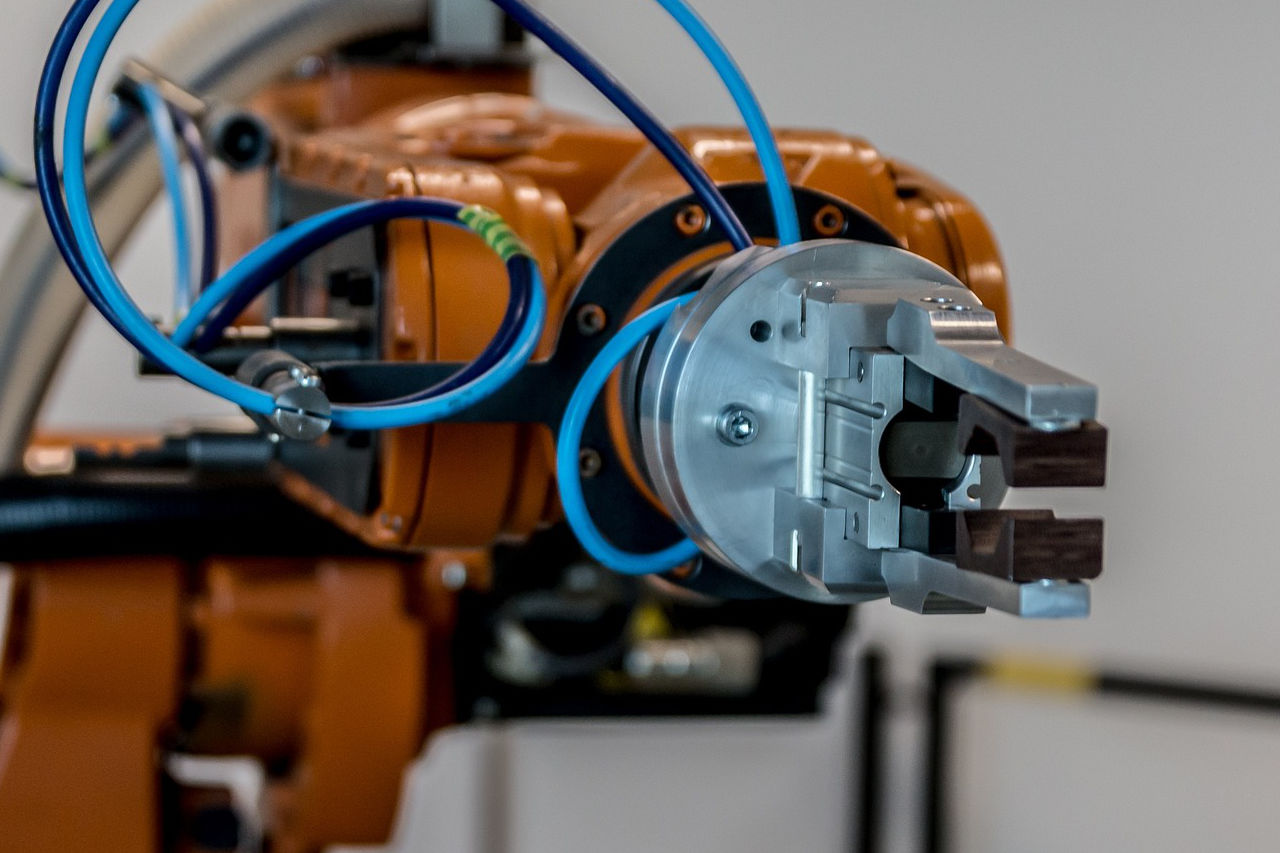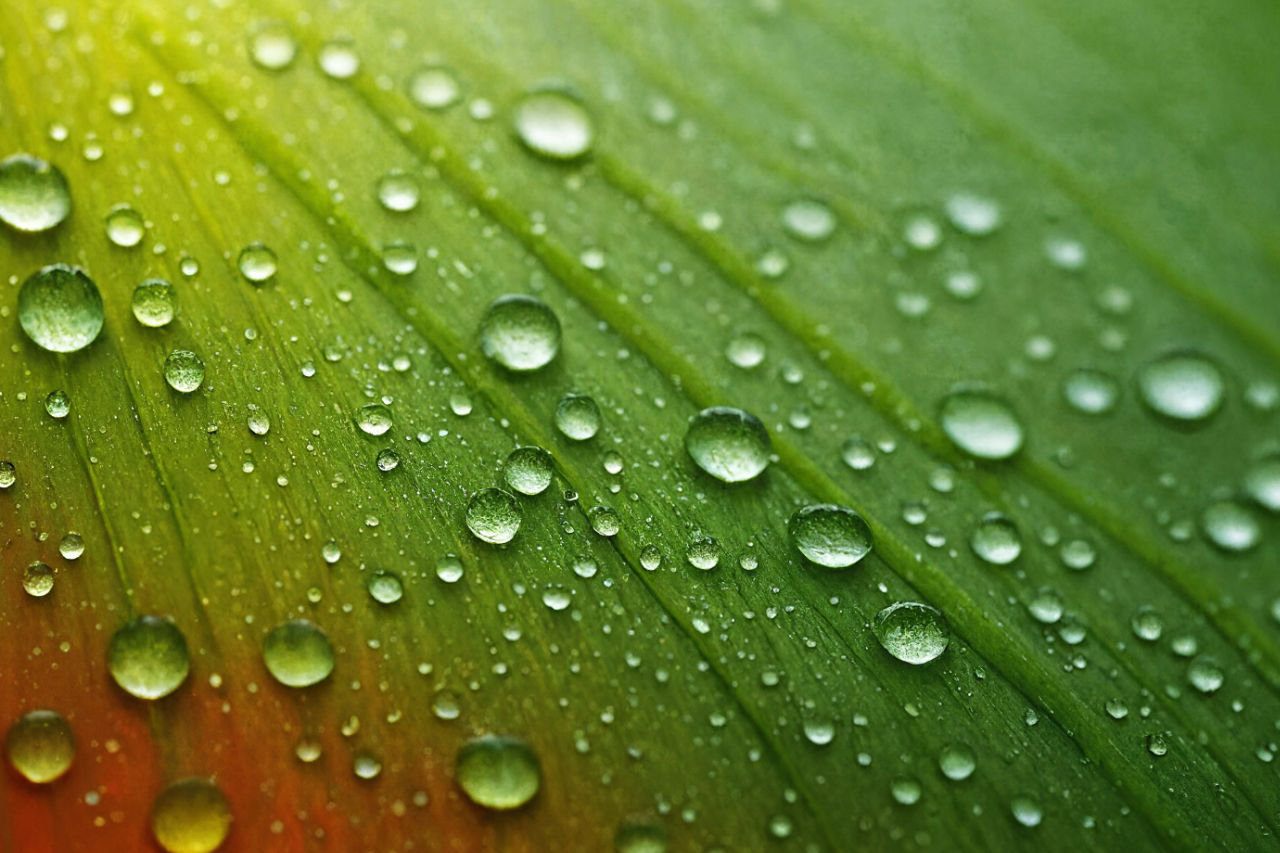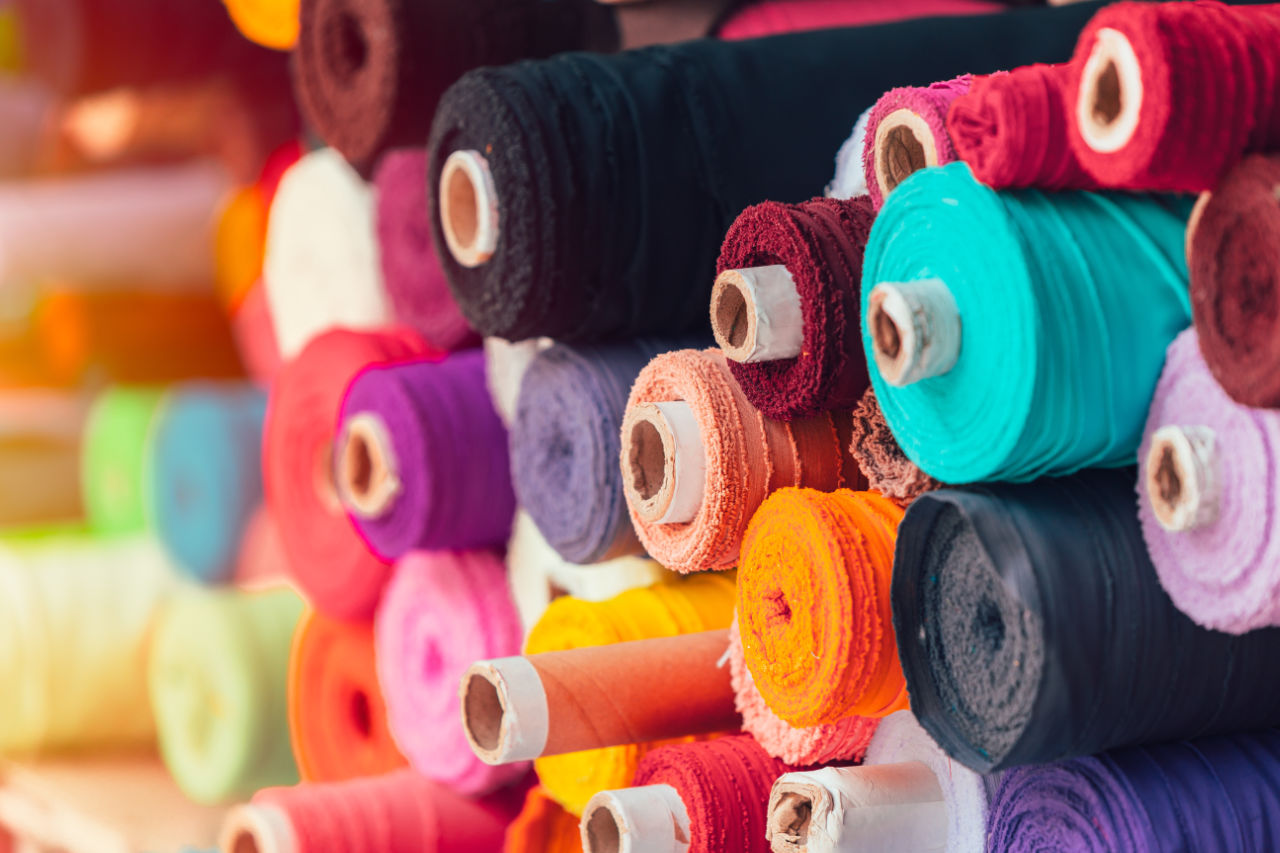- Hostaphan®
- What exactly is Hostaphan®?
- Hostaphan film – High-quality PET polyester films for versatile applications
- What is Hostaphan film?
- Main types of Hostaphan films
- Silicone-coated Hostaphan films for release applications
- Sustainable PCR-based BOPET films
- Application areas of Hostaphan films
- Technical properties and quality features
- Processing and handling of Hostaphan films
- Technical standards and certifications of Hostaphan film
- Conclusion and outlook on Hostaphan®
converting – refining – toll converting
Send us your inquiry.
Do you have questions or need individual advice? Our team is at your disposal. Contact us and learn more about our tailored solutions in film converting.
Hostaphan film – High-quality PET polyester films for versatile applications
In modern industry, high-quality materials are crucial for the success of technical applications. Hostaphan film, a specially developed PET film from Mitsubishi Polyester Film, has established itself as an indispensable material in numerous industries. This biaxially oriented film made of polyethylene terephthalate PET offers exceptional properties that make it the first choice for demanding applications.
From electrical insulation to high-quality packaging solutions, Hostaphan films meet the most stringent requirements of modern products. With an impressive temperature range of -70°C to +150°C and excellent mechanical stability, these polyester films set new standards in quality and performance.
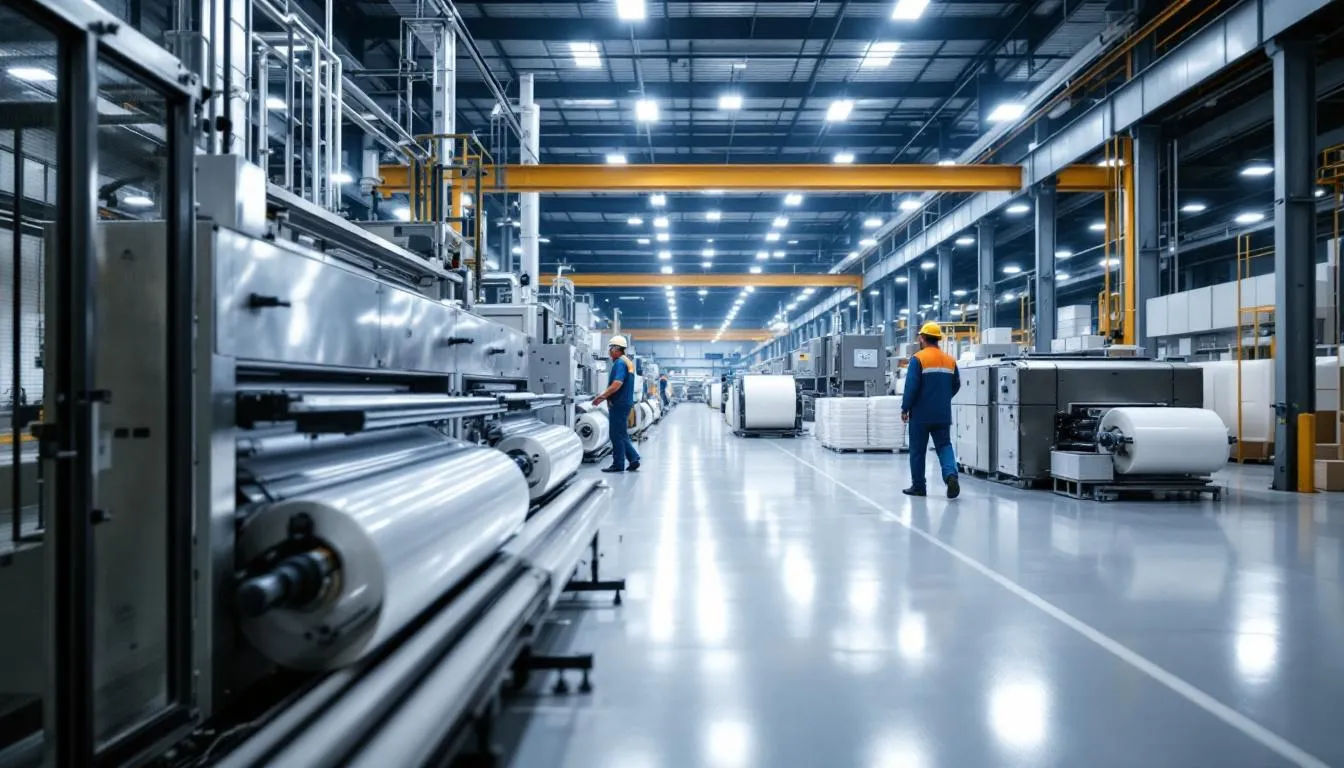
What is Hostaphan film?
Hostaphan film is a trademarked biaxially oriented polyester film manufactured by Mitsubishi under the name HOSTAPHAN®. The material is based on high-quality polyethylene terephthalate (PET) and undergoes a special manufacturing process that makes it one of the most powerful film products on the market.
Definition and production
The film is produced by biaxial stretching and subsequent heat setting. This process significantly improves mechanical strength, dimensional stability and dimensional accuracy. The biaxial orientation optimally aligns the polymer chains, resulting in very high tensile and tear strength as well as improved clarity.
Material basis and special properties
PET as a base material already has excellent properties: transparency, robustness and chemical resistance. Hostaphan receives additional advantages through special processing:
- High tensile strength of 150-240 MPa
- Excellent tear and impact resistance
- Significant abrasion and dimensional stability
- Good barrier properties against gases and water vapor
- Resistance to organic solvents and oils
Temperature resistance
An outstanding feature is the exceptional temperature resistance. The film can be used from -70°C to +150°C, with continuous use up to 130°C possible. This heat resistance makes it ideal for demanding environments in electrical engineering and the automotive sector.
Main types of Hostaphan films
The product range includes various variants that have been developed for specific application requirements. Each type offers unique properties for different areas of application.
| Film type | Thickness range (µm) | Main features | Industry & application |
|---|---|---|---|
| RN | 6-500 | Glossy, transparent, food-safe | Packaging, insulation |
| GN | 50-250 | Ultra-clear, mirror-smooth | Premium packaging, optics |
| RNK | 6-75 | High-gloss, transparent | Labels, premium packaging |
| WDW | 12-65 | White, glossy, food-safe | Decorative packaging |
| WN | 50-350 | Translucent white, robust | Release film, furniture presses |
Hostaphan® RN – The glossy, transparent standard film
Hostaphan RN is the most versatile film in the product line and is available in a wide thickness range from 6 to 500 µm. This variety of material thicknesses allows it to be used in a wide range of applications. The film is characterized by its glossy surface and high transparency.
Particularly important for many customers is the EU and FDA conformity for direct food contact. This makes RN the ideal choice for packaging applications where food safety is a top priority. The film is available both untreated and with chemical pretreatment for improved adhesion.
Hostaphan® GN – The crystal-clear premium film
For applications that require the highest optical quality, Hostaphan GN offers a mirror-smooth surface with almost flawless clarity. With an available thickness of 50-250 µm, it is particularly suitable for high-quality packaging and optical applications.
The extremely smooth surface quality of this film enables brilliant printing results and gives products a premium appearance. This makes it the preferred choice for luxury packaging and applications where visual presentation is crucial.
Hostaphan® RNK – The high-gloss PET film
With an available thickness of 6-75 µm, RNK offers a high-gloss, transparent surface for prestigious applications. Like RN, this variant is also approved for food contact in accordance with EU and FDA guidelines.
The main area of application is in premium packaging and labels, where visual appeal is paramount. The combination of high gloss and transparency gives products a luxurious look.
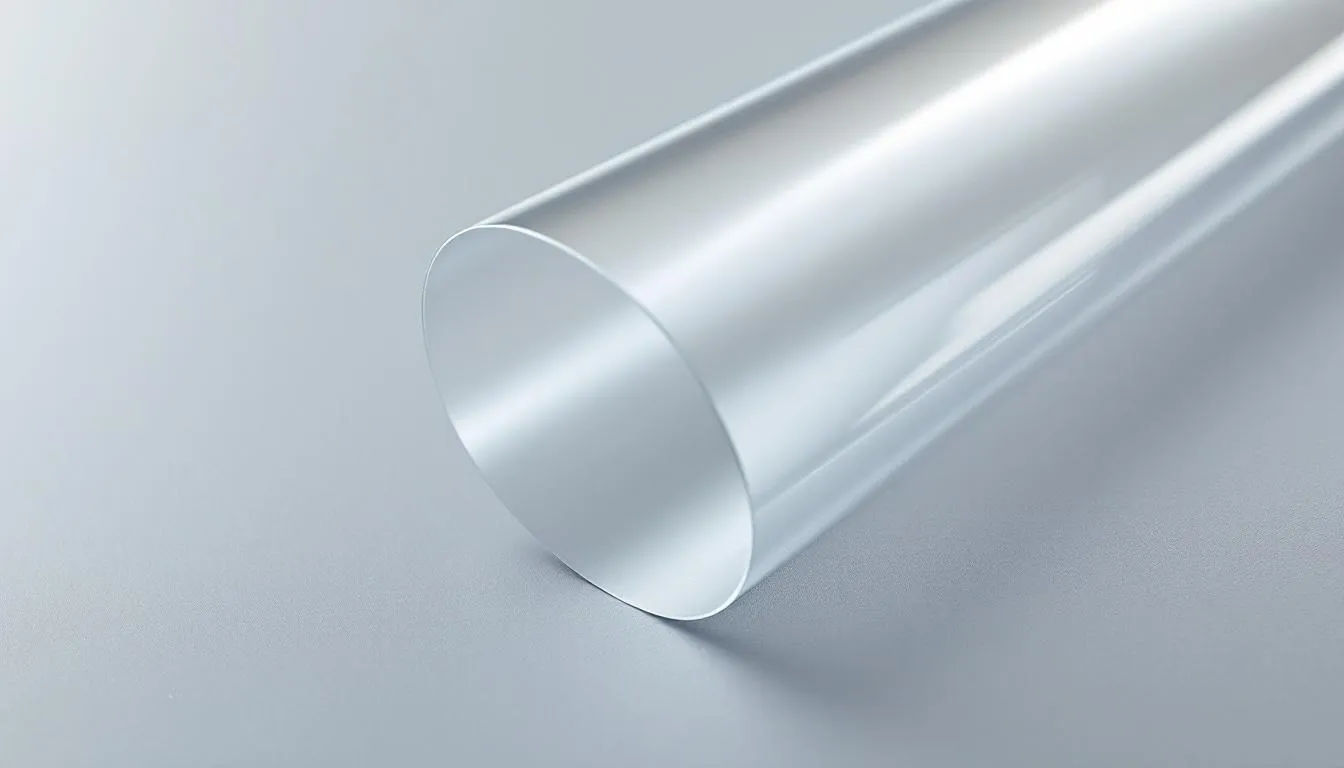
Hostaphan® WDW and WN – White special films
The white variants meet special requirements in various industries:
WDW is a glossy, bright white film with a thickness of 12-65 µm. It is certified for food contact and is ideal for decorative and functional packaging where a white, opaque surface is desired.
WN, on the other hand, is significantly thicker (50-350 µm) and translucent white. This robust film is mainly used as a transport or separating film, especially in veneer and furniture presses. Its milky white appearance and robust surface make it ideal for industrial applications.
Hostaphan® matte variants (MPK, MK, SPK)
For applications that require glare-free or diffusive effects, Hostaphan offers various matte surfaces:
- MPK: Matte on one side, with high transparency (12, 50 µm)
- MK: Deep matte on both sides (12-250 µm)
- SPK: Super matte with medium surface roughness (19, 23 µm)
All matte variants are suitable for food contact and can be pre-treated for downstream applications. They are particularly suitable for applications where reflections must be avoided or a special aesthetic effect is desired.
Silicone-coated Hostaphan films for release applications
Silicone-coated Hostaphan films have established themselves as indispensable release liners in various industries. The silicone layer is cross-linked on the PET and gives the film special “tear-off properties” – products can be easily removed without sticking.
Functional principle of release technology
The siliconization is carried out by applying a special silicone layer to the PET base film. This layer is then hardened and cross-linked, creating defined release forces. Depending on the silicone system used, different tear strengths can be achieved.
| Type | Release force (cN/cm) | Application |
|---|---|---|
| Very low | 5-20 | Sensitive adhesives |
| Low | 20-50 | Standard labels |
| Medium | 50-100 | Industrial adhesive tapes |
| High | 100-200 | Permanent applications |
Hostaphan® RNKS – Special film for GRP applications
Hostaphan RNKS was specially developed for glass fiber composite panel production and is available in 15 and 23 µm thicknesses. This film is characterized by excellent tear-off performance and high gloss.
A particular advantage is the possibility of reuse if handled properly. This makes RNKS an economical solution for GRP manufacturers who regularly require release films. The glossy surface also ensures high-quality surface quality of the composite materials produced.
Silicone-coated standard types (RN 2PRK, RNK 2PRK/SLK)
The siliconized standard types are defined by their specific silicone systems:
2PRK series: Extremely cross-linked silicone layer without migration, ideal for applications where absolute purity is required. These films are particularly suitable for food applications and medical products.
2SLK series: Strongly cured silicone for various release applications with robust tear-off properties. The thickness range of 12-75 µm enables use in a variety of applications from fine labels to robust industrial applications.
Special silicone films (RDIS SI63O, SIF1O, RNK SAO)
For special requirements, Hostaphan offers specialized silicone variants:
SI63O offers ultra-low release forces (23-36 µm thickness) for the most sensitive applications. This film is suitable for adhesives that can only tolerate minimal peel force.
SIF1O is approved for food contact according to EU regulations (23-36 µm) and combines release properties with food safety.
RNK SAO (75 µm) has been optimized for offline siliconization and offers flexibility in processing for special customer requests.

Sustainable PCR-based BOPET films
Pütz Folien is intensively involved with PIR (Post-Industry-Recycling) and PCR-based BOPET films from various manufacturers and already offers functional solutions for a wide range of applications. We focus on the more significant variant, PCR film. Since there is still no uniform standard in the production and use of PCR films, individual advice is crucial depending on customer-specific requirements.
The available PCR-based films contain between 30% and 100% post-consumer recycled material (PCR), depending on the manufacturer and type. They cover a broad spectrum – from standard films to specialties such as white/white foamed, metallized or crystal-clear variants.
Environmental benefits and sustainability
PCR-based BOPET films contribute significantly to reducing the CO₂ footprint, as the use of recycled materials requires less energy and usually shorter transport routes. The use of PCR material supports the circular economy and reduces waste volumes.
The mechanical and optical properties of PCR films are comparable to virgin PET, meaning that no compromises have to be made in terms of performance. BOPET films are particularly easy to recycle due to their clean, monomaterial-based structure, as they do not contain any plasticizers, heavy metals or other contaminants.
Recycling advantages at a glance:
- Complete recyclability of the base material
- Compatibility with industrial recycling processes
- Reduced raw material consumption
- Multiple usability and reuse
Challenges:
- Separation of PET waste from foreign matter (e.g. laminates, adhesives) is necessary
- Avoid contamination by other substrates (e.g. paper labels, PP screw caps)
- Collection and sorting of PET films and bottles improve
PCR technology and circular economy
PCR films show the way to a sustainable future. Through the post-consumer content of 30–100%, the ecological footprint and crude oil consumption are significantly reduced. Closed material cycles contribute to the conservation of resources and strengthen the circular economy.
Future prospects
The development is moving towards even more sustainable solutions:
- Development of bio-based PET variants
- Improved recycling technologies for higher raw material quality
- Optimization of production processes
- General increase in reusable plastic waste
Hostaphan® PCR PR3N variants
The PCR PR3N family includes various siliconized variants for release applications:
- PCR PR3N 2PRK: Transparent silicone film for release liner
- PCR PR3N 2SLK: Alternative siliconization for different release requirements
Available in thicknesses of 19, 23, 30 and 36 µm, these products are aimed at environmentally conscious processors and brands. An important limitation is that PCR variants are currently not approved for direct food contact.
Application areas of Hostaphan films
The versatility of Hostaphan is evident in the wide range of applications across various industries. Each area has specific requirements that are optimally met by the various film types.
Electrical insulation and electronics
In electrical engineering, Hostaphan has become indispensable. The film is used for slot insulation, phase insulation and cover insulation in motors, generators and transformers. The high dielectric strength up to 130°C continuous use makes it ideal for electric motors and generator construction.
Specific applications in electrical engineering:
- Slot insulation in electric motors
- Cover slides for windings
- Insulation in transformers and chokes
- Carrier film for flexible, printed circuits
- Insulation in relays and other components
The resistance to impregnating and potting compounds is particularly important, as these solvents must not attack the insulation. The high dielectric strength of 150-200 kV/mm enables use in high-voltage applications.
Packaging industry and food contact
In the packaging industry, Hostaphan offers excellent protection for sensitive products. The barrier properties against moisture, oxygen and aromas preserve the freshness and shelf life of food.
EU and FDA-compliant variants enable direct contact with food. The transparent and white versions offer various options for product presentation. The high-gloss variants are particularly valued in premium packaging.
Typical packaging applications:
- Closures and stand-up pouches
- Laminate cartons and protective layers
- Labels with high print quality
- Bag-in-box systems
- Aroma barrier layers
Industrial applications with Hostaphan film
Beyond electrical engineering and packaging, Hostaphan is used in many industrial areas. As a release film in veneer and furniture presses, it prevents sticking during the pressing process.
In the printing industry, it serves as an age-stable, high-quality printing film. The chemical resistance to various solvents makes it the preferred choice for demanding production environments.
Other industrial applications:
- Mechanical barriers and protective films
- Intermediate layer film in woodworking
- Medical applications (hydrogel carrier)
- Laboratory products and analysis applications
- Solar module back films
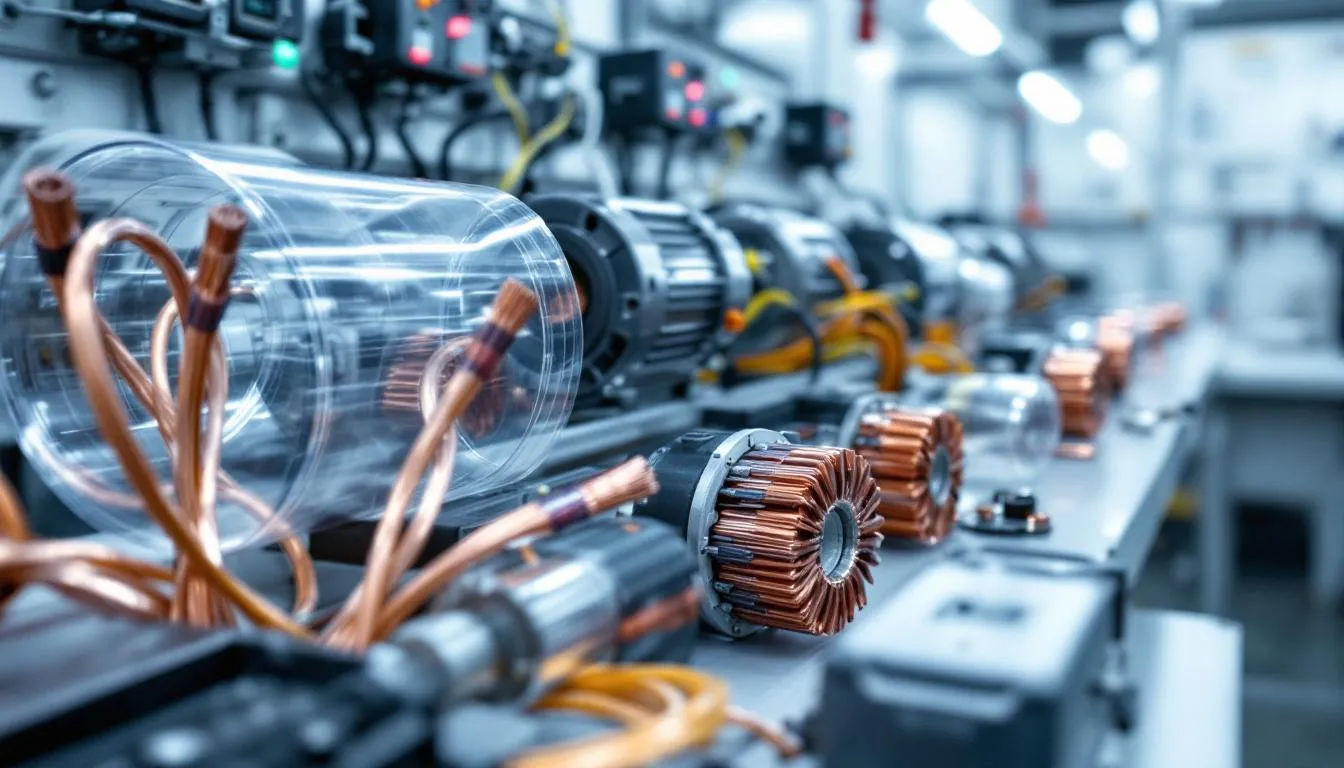
Technical properties and quality features
The exceptional properties of Hostaphan result from the careful selection of materials and the optimized manufacturing process. These technical data are crucial for the correct product selection.
Mechanical properties
The mechanical properties significantly outperform most other film materials:
| Property | Value | Test standard |
|---|---|---|
| Tensile strength (longitudinal) | 200-250 MPa | DIN EN ISO 527 |
| Tensile strength (transverse) | 200-250 MPa | DIN EN ISO 527 |
| Elongation at break (longitudinal) | ~120% | DIN EN ISO 527 |
| Elongation at break (transverse) | ~100% | DIN EN ISO 527 |
| Puncture resistance | Very high | ASTM D1709 |
| The dimensional stability under temperature fluctuations is another important advantage. The film retains its size and shape even under extreme conditions, which is crucial for precision applications. |
Chemical and thermal resistance
Hostaphan shows excellent resistance to a variety of substances:
Resistant to:
- Organic solvents
- Oils and fats
- Salt solutions
- Various inorganic substances
- Fungi and bacteria
- UV radiation (with appropriate design)
Not resistant to:
- Strong bases at high temperatures
- Certain phenols
- Long-lasting hydrolytic conditions
The absence of plasticizers and the fact that no migration takes place make Hostaphan particularly safe for food applications. The film is odorless and tasteless.
Electrical properties of Hostaphan film
The dielectric properties are crucial for electrical applications:
- Dielectric strength: 150-200 kV/mm
- Volume resistivity: >10¹⁴ Ω·cm
- Dielectric constant: 3.2 (at 1 kHz)
- Loss factor: <0.005 (at 1 kHz)
These values enable use in demanding electrical applications where high insulation and low losses are required.
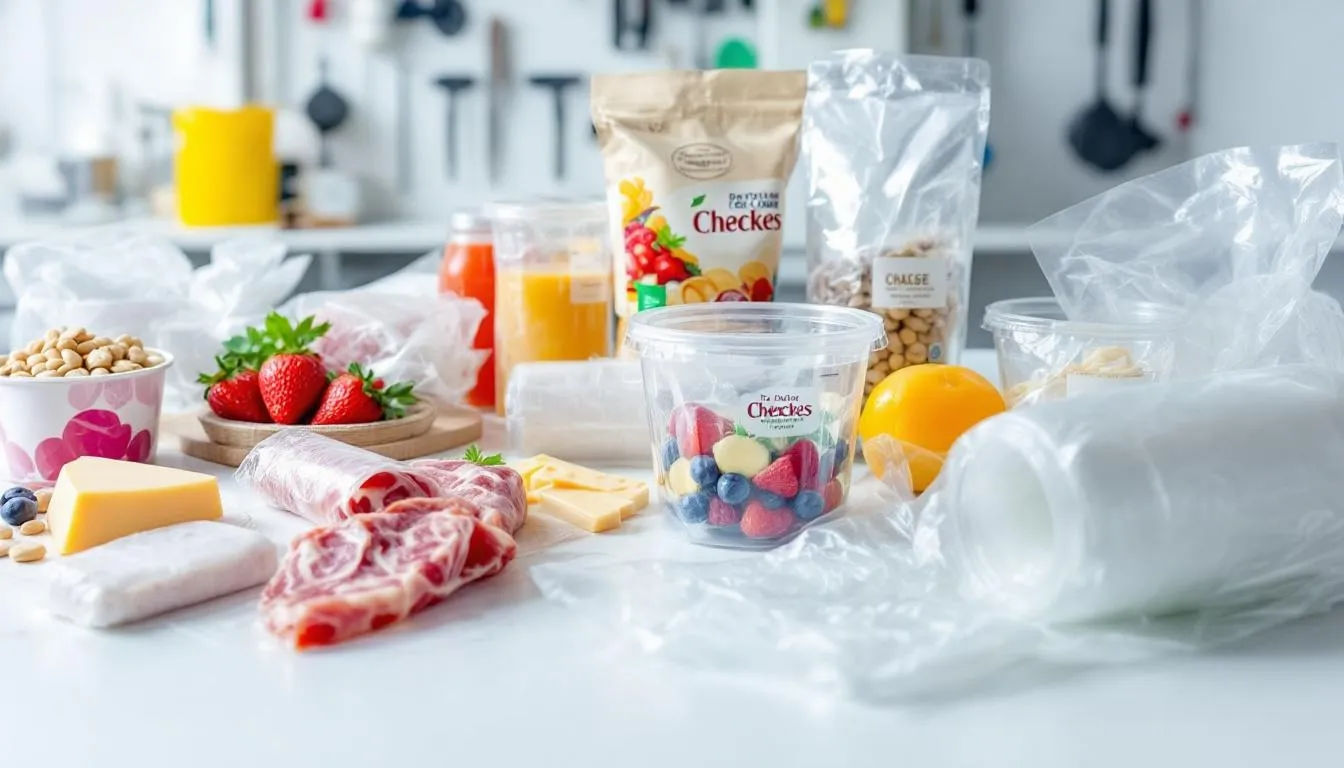
Processing and handling of Hostaphan films
The correct processing and storage of Hostaphan is crucial for optimal results. Incorrect handling can lead to quality problems and production downtimes.
Storage and transport
Optimal storage conditions are essential for maintaining the film properties:
Recommended storage conditions:
- Temperature: 15-25°C
- Relative humidity: below 60%
- Protection from direct sunlight
- Avoidance of mechanical damage
- Limit stacking heights depending on thickness
The rolls should be stored on suitable storage systems to avoid deformation. If stored properly, Hostaphan retains its properties for years.
Processing instructions
Processing requires adapted parameters for optimal results:
Cutting and punching:
- Use sharp, clean tools
- Adjust cutting speed to thickness
- Burr-free cuts for clean edges
Thermoforming and heat sealing:
- Temperature control between 80-120°C
- Ensure even heat distribution
- Observe cooling time for dimensional stability
Coating and printing:
- Surface pre-treatment for better adhesion
- Choose compatible paints and adhesives
- Note drying parameters
Quality control
Regular quality controls should be carried out during processing:
- Visual inspection for damage
- Thickness measurement for critical applications
- Adhesion test for coated variants
- Electrical testing for insulation applications
Technical standards and certifications of Hostaphan film
Hostaphan meets numerous international standards and certifications that are required for various applications.
Food safety
Appropriate approvals are essential for food applications:
- EU Regulation 10/2011 for plastics in food contact
- FDA CFR 21 for the US market
- Migration tests according to EU standards
- Sensory tests for taste and smell
Electrical standards
Strict standards must be observed in electrical engineering:
- IEC 60674 for electrical insulation
- UL approvals for the North American market
- VDE tests for German applications
- Flame-retardant versions according to UL 94
Quality management systems
Production takes place under certified quality management systems:
- ISO 9001 for quality management
- ISO 14001 for environmental management
- FSSC 22000 for food safety
- ISO 50001 for energy management
Conclusion and outlook on Hostaphan®
Hostaphan film has established itself as an indispensable material in modern industry. The combination of exceptional properties, versatile applications and increasing sustainability makes it the ideal choice for demanding applications.
The continuous further development, particularly in the area of PCR technology, demonstrates the commitment to environmentally friendly solutions. With the growing demand for sustainable materials, Hostaphan will play an even more important role in the future.
For companies that need high-quality polyester films, Hostaphan offers a reliable and powerful solution. The correct selection of the film type and cooperation with experienced suppliers are the key to success.
Investing in high-quality materials such as Hostaphan pays off in the long term through improved product quality, reduced downtimes and satisfied customers. In an increasingly competitive world, the right choice of material can make the crucial difference.
Disclaimer: The technical data, properties, and application areas mentioned on this page are based on information from our suppliers and typical empirical values. They do not represent guaranteed specifications. Production-related deviations, further developments, or changes in product properties are possible at any time. The actual suitability of a film type for a specific purpose must be checked in each individual case. Please explicitly inquire about availability and current specifications before placing an order. All information is provided without warranty.
